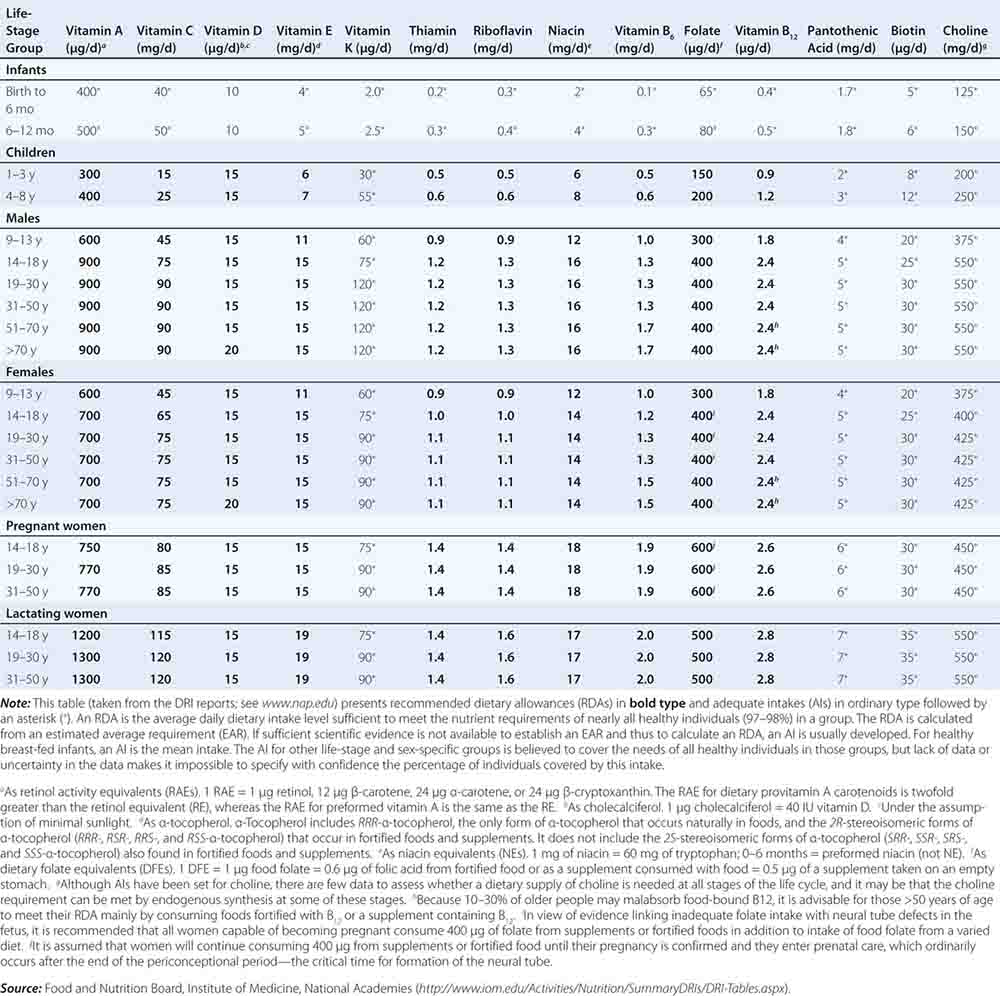Dietary Reference Intakes Dris Vary Based On Each Of These Except

You can use the dris to help assess and plan your diet.
Dietary reference intakes dris vary based on each of these except. It was introduced in 1997 in order to broaden the existing guidelines known as recommended dietary allowances rdas see below the dri values differ from those used in nutrition labeling on food and dietary supplement products in the u s. Dietary reference intakes dris vary based on each of these except. The dietary reference intake dri is a system of nutrition recommendations from the institute of medicine iom of the national academies united states.
According to the dietary guidelines for americans maintaining a healthy body weight is emphasized by. C they include recommended dietary allowances and tolerable upper intake levels. A which nutrient intake recommendation is used as a goal when a recommended dietary allowance does not exist.
Dietary reference intakes dris comprise a set of nutrient based reference values each of which has special uses. This comprehensive effort is being undertaken by the standing. And renders authoritative judgments on the relationships among food intake nutrition and health.
B they differ by age group. Armstrong in encyclopedia of food and health 2016. Keep in mind when evaluating your nutritional intake that the values established have been devised with an ample safety margin and should be used as guidance for optimal intakes.
Dietary reference intakes dris recommendations that differ by life stage and sex. A they apply to people in canada and the u s. Nutrient standards set for vitamins and most minerals except sodium and potassium.
Following a diet that provides fewer than 120 grams of carbohydrate daily. These documents are issued by the food and nutrition board of the institute of medicine national academy of sciences the food and nutrition board addresses issues of safety quality and adequacy of the food supply. D they were created by the food and nutrition board.















